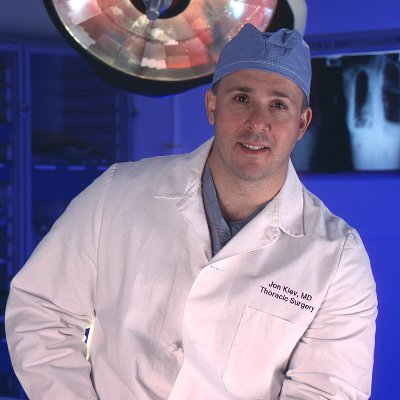Minimally invasive cardiothoracic surgery has revolutionized the field of heart and lung surgeries. This technique involves making small incisions, which reduces the trauma to the patient’s body and leads to faster recovery times. While this type of surgery offers several benefits, it also comes with certain risks.
One of the major benefits of minimally invasive cardiothoracic surgery is the reduced risk of infection. With smaller incisions, there is less chance of bacteria entering the incision site, which can cause infections. Additionally, this technique reduces the amount of blood loss during the surgery, which also helps to minimize the risk of complications.
Another benefit is the reduced recovery time. Traditional open-heart surgery can require months of recovery, but minimally invasive surgery often allows patients to return to their normal activities within a few weeks. This can be particularly beneficial for older adults who may not have as much time to recover.
Despite these benefits, there are also risks associated with minimally invasive cardiothoracic surgery. One of the main risks is that the surgeon may not have as clear of a view of the surgical site as they would with traditional open-heart surgery. This can make it more difficult for the surgeon to perform the procedure correctly.
Additionally, there is a risk of complications related to the use of surgical instruments. In rare cases, instruments used during minimally invasive cardiothoracic surgery may cause damage to organs or tissues. This can lead to additional surgeries and longer recovery times.
Dr. Jon Kiev , a cardiothoracic surgeon notes that while there are risks associated with minimally invasive cardiothoracic surgery, the benefits often outweigh them. “For most patients, the reduced risk of infection and faster recovery times make minimally invasive surgery a great option,” he explains. “However, it’s important for patients to talk with their surgeon about the risks and benefits of both traditional open-heart surgery and minimally invasive surgery before making a decision.”
Finally, heart and lung surgery patients prefer minimally invasive cardiothoracic surgery. This method reduces infection risk and speeds recovery. Nevertheless, restricted sight and surgical instrument problems are hazards. Surgeons should help patients choose the appropriate treatment Dr. Jon Kiev .
